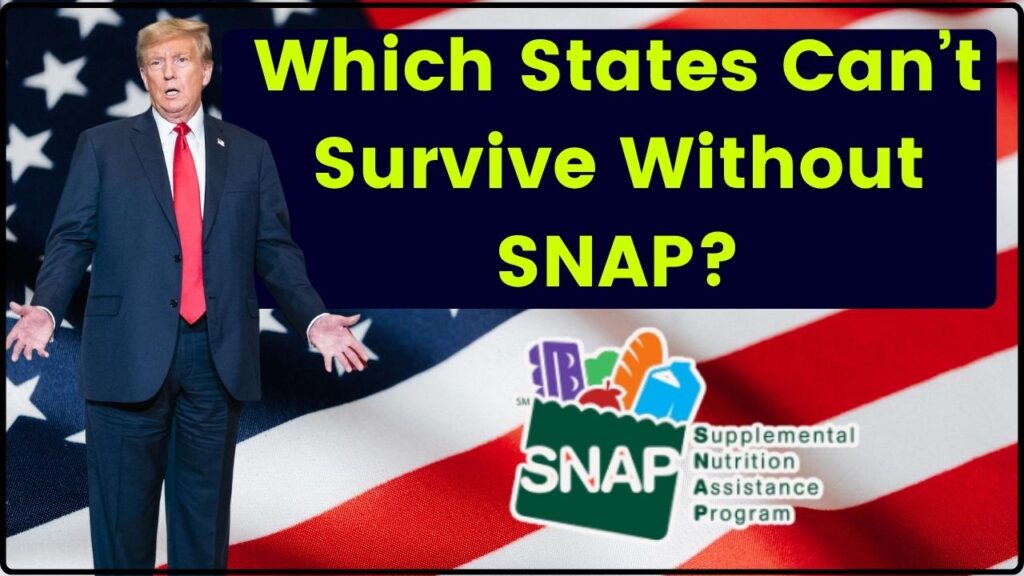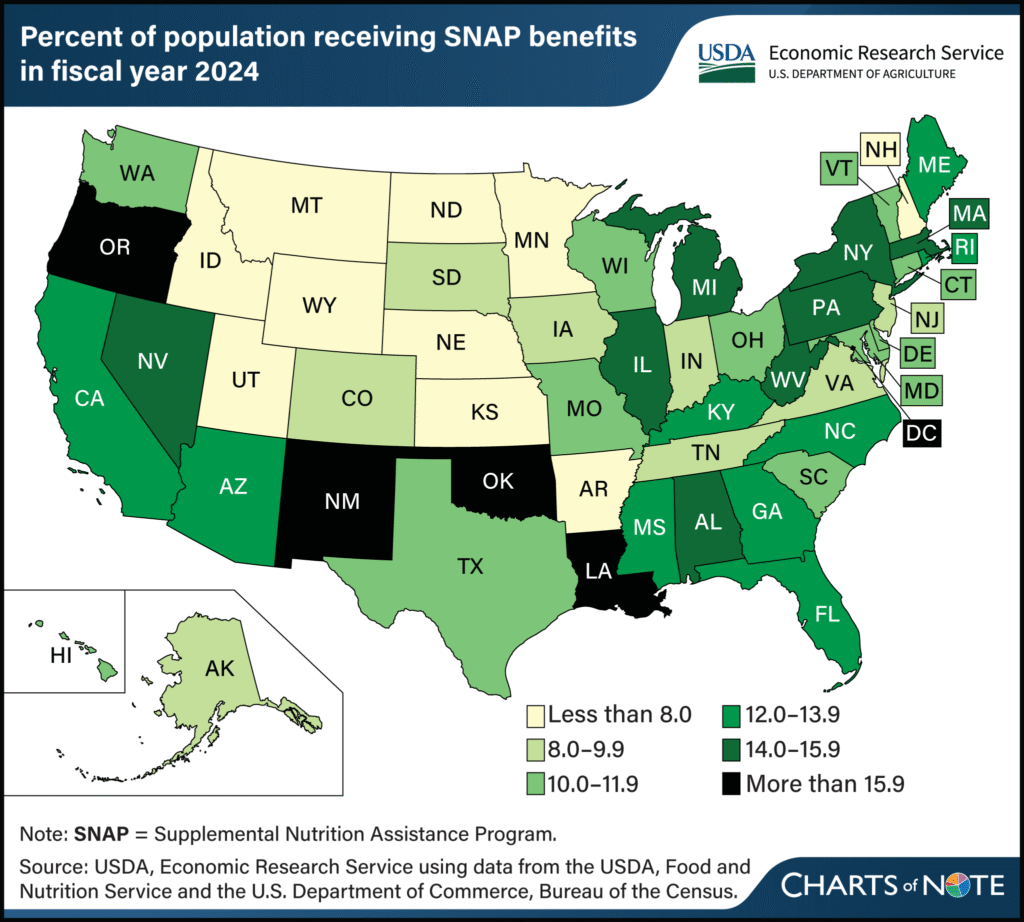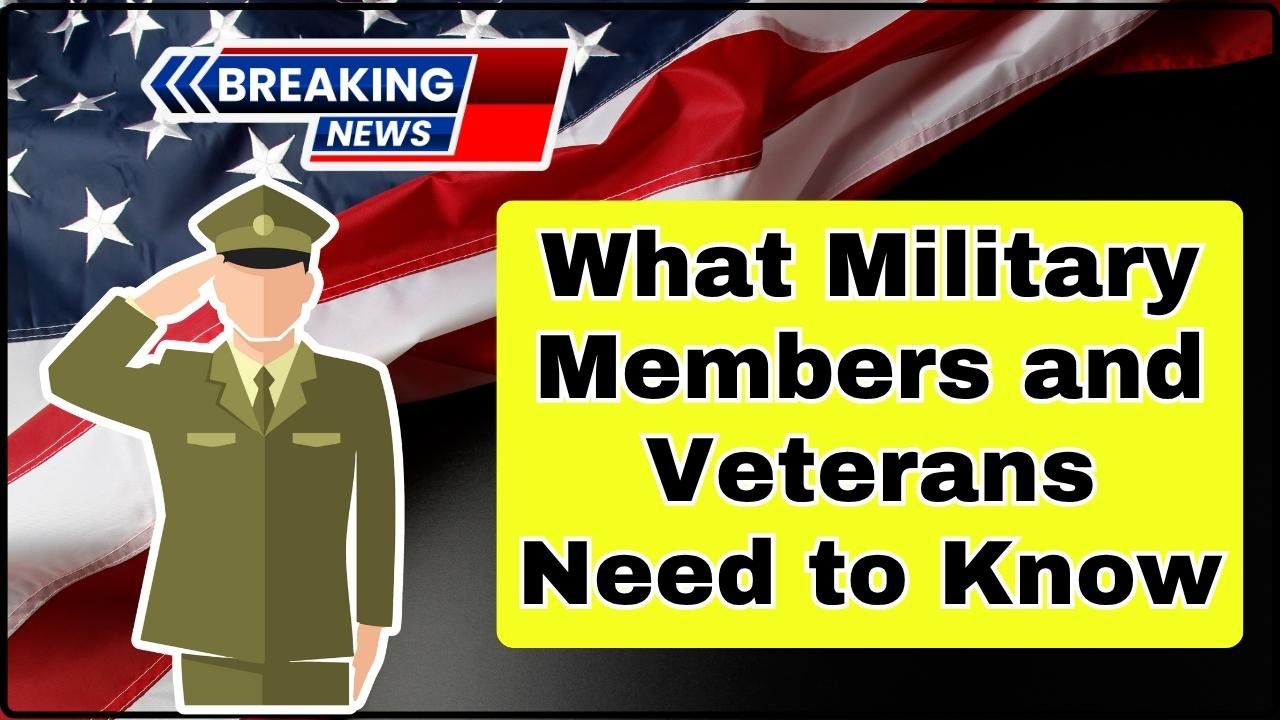
Which States Can’t Survive Without SNAP: The Supplemental Nutrition Assistance Program (SNAP) remains a crucial lifeline for millions of Americans in 2025, especially in certain states that simply cannot survive without it. Beyond fighting hunger, this federal food aid program supports local economies and families navigating challenging financial landscapes. With fresh data exposing state-by-state reliance, this article dives deeper into SNAP’s vital role, its history, economic impact, eligibility, and practical advice—all in clear, conversational language suitable for experts and everyday readers alike.
Which States Can’t Survive Without SNAP
The 2025 data shows that SNAP isn’t just a stopgap; it’s a foundation for survival and economic resilience in many U.S. states. For New Mexico, Oregon, Louisiana, and others, SNAP supports one in five households, guarding against hunger and supporting local economies. Policymakers, professionals, and citizens must recognize SNAP’s critical role and advocate for its continued funding and improvement. For families in need, remember that help is available.
| Highlight | Details |
|---|---|
| Top State Reliant on SNAP | New Mexico — 21.5% of residents on SNAP, avg. $176.51/month |
| Other High Reliance States | Oregon (18.1%), Louisiana (~18%), Washington D.C. (~18%) |
| Top SNAP Dollars Spent | California — $1.045 billion monthly |
| States with Least SNAP Dependence | Wyoming (4.62%), Utah (5.05%), New Hampshire (5.37%) |
| Economic Impact | $1 SNAP dollar = $1.54 generated in local economy |
| Total Beneficiaries | 42.4 million people, 22.7 million households |
| Benefit Average | Approx. $187 per person monthly |
What Exactly Is SNAP and Why Does It Matter?
SNAP, originally called the Food Stamp Program, provides monthly financial assistance to low-income individuals and families so they can purchase nutritious food. In 2025, over 42 million Americans depended on SNAP benefits, which total approximately $8 billion monthly across the nation. This massive program combats hunger and food insecurity that disproportionately affects vulnerable populations, including children, seniors, and rural communities.
However, SNAP’s impact stretches far beyond just feeding people. Economic analyses show that every $1 of SNAP benefits generates $1.54 in overall economic activity. This means the money flows into grocery stores, local farmers, food producers, and the workforce, helping sustain livelihoods in local communities.
Put simply: SNAP is not just a food assistance program. It’s a powerful economic engine, stabilizing families and driving commerce.
Which States Can’t Survive Without SNAP
New Mexico: The SNAP Hub
New Mexico leads the nation with an astonishing 21.5% SNAP participation, reflecting widespread food insecurity. This includes many rural communities where access to affordable, nutritious food is tough, and limited job opportunities pressure families. The average recipient in New Mexico receives around $176.51 a month in benefits.
This reliance is tied to economic challenges such as high poverty rates, unemployment, and limited social infrastructure. For many families, SNAP is the key to avoiding hunger and ensuring their children have regular meals.
Other High-Reliance States
States like Oregon, Louisiana, Washington D.C., and Oklahoma rank just behind New Mexico, hovering at or near 18% SNAP enrollment. These states experience systemic poverty and economic disparities, making SNAP vital. Their urban and rural populations alike count on this support amid fluctuating job markets and housing costs.
California’s Role as a SNAP Powerhouse
California provides an interesting contrast. Although only about 11% of its residents receive SNAP, California’s huge population means it spends over $1 billion monthly in SNAP benefits—the most nationally. This considerable outlay supports millions of Californians, especially in urban centers and farmworker communities.
States with Low SNAP Dependence
States including Wyoming, Utah, and New Hampshire have SNAP participation rates less than 6%. Their stronger job markets, lower poverty rates, and better access to services translate to less public assistance reliance.
The Vital Economic Role of SNAP
SNAP is critical not only to individual families but also to local economies, especially in high-dependency regions. When SNAP funds are spent, local grocers, farmers, suppliers, and delivery workers benefit. This spending supports small businesses and helps maintain jobs in food retail and distribution.
The multiplier effect — where $1 of SNAP spending generates $1.54 in overall economic activity — is a testament to its greater impact beyond immediate food access. This effect becomes especially significant during economic downturns or crises when SNAP dollars stabilize consumer spending and keep community businesses afloat.

The Evolution of SNAP: A Brief History
SNAP originates from the first Food Stamp Program launched in 1939 during the Great Depression. It aimed to combat widespread unemployment and hunger by allowing low-income Americans to buy food.
Milestones in SNAP Development:
- 1964 Food Stamp Act: Made SNAP a permanent, federally funded program under President Lyndon B. Johnson, intending to improve nutrition and strengthen the agricultural economy.
- 1970s: Eligibility was standardized nationwide; work requirements and outreach efforts were bolstered, and the program expanded to U.S. territories.
- Late 1970s-1980s: Major reforms including transitioning away from paper stamps to Electronic Benefit Transfer (EBT), reducing stigma, and increasing efficiency.
- 2008: The program was renamed SNAP for better perception and modernization. Eligibility expanded, especially for legal immigrants, and benefits increased over time.
- 2021: SNAP received the largest-ever benefits increase (up to 25%) to counteract the impact of the COVID-19 pandemic on food insecurity.
The program continually adapts to changing social and economic needs, reflecting a longstanding commitment to fighting hunger throughout the U.S.
How SNAP Eligibility Works (2025 Guide)?
SNAP eligibility is primarily income-based but also accounts for household size, expenses, and special circumstances:
- General income cap at 130% of the federal poverty level, with deductions for things like rent and utilities to allow flexibility.
- Special rules for seniors, disabled people, and households with children to ensure they qualify even with higher costs.
- Work requirements apply mostly to able-bodied adults without dependents but are eased or waived for vulnerable groups.
- Applicants must submit income, residency, and household documentation, typically through state agencies.
The EBT card system enables beneficiaries to purchase eligible foods conveniently at authorized retailers.
What Happens If SNAP Benefits Are Cut?
Reductions or delays in SNAP payouts would cause immense hardship, especially in states where a fifth or more residents depend on the program. Families would face food insecurity, children’s well-being would be threatened, and overall community stability could suffer.
Local businesses would see a drop in sales and revenue, affecting workers and suppliers throughout the food supply chain. The trickle-down impact would increase poverty, healthcare stress, and economic instability.

Practical Tips for Maximizing SNAP Benefits
For those using SNAP or assisting recipients, here are some tips to make the most of the program:
- Stay aware of your specific state’s eligibility and reporting rules—these can change year to year.
- Report income changes or household updates promptly to avoid overpayments or penalties.
- Use SNAP funds for wholesome groceries—fruits, vegetables, whole grains, proteins—to support health and nutrition.
- Combine SNAP with community resources like food banks, nutrition education, and local assistance programs.
- Reach out to local social services or nonprofits for help filing or understanding benefits.
Federal Government Reopens; Here’s What SNAP, IRS, TSA & Federal Workers Can Expect Now
Bank of America Just Launched ‘401k Pay’; Here’s How It Could Boost Your Retirement Savings
3 Social Security Surprises Coming in 2026; And How They Could Affect Your Benefits
The Bigger Picture: Health and Social Benefits
SNAP improves more than just food security. Proper nutrition helps reduce chronic diseases linked to poverty, such as diabetes and heart diseases, lowering healthcare costs and improving quality of life.
Children in SNAP households exhibit better educational performance and long-term health, breaking poverty’s cycle. SNAP also supports vulnerable populations, including tribal nations, refugees, and rural communities, promoting social equity.






